Kiss's Tommy Thayer names 11 guitarists who shaped his sound
The Spaceman offers his pick of the greatest riff-masters, salutes the player who invented the power chord and reveals the guitarist his bandmates compare him to (and it's not Ace Frehley)
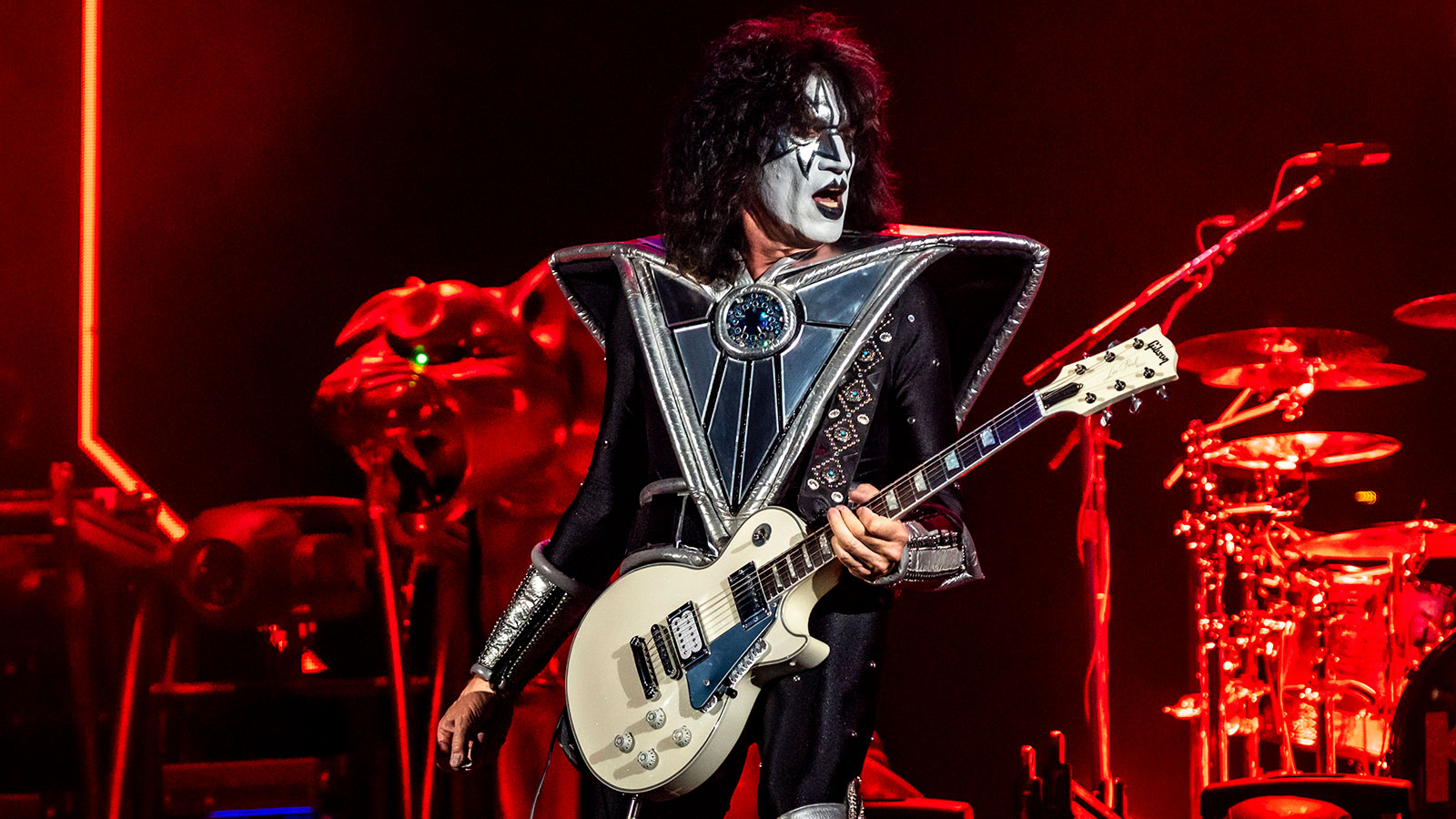
With Kiss, lead guitarist Tommy Thayer roams the stage in six-inch platform heels, his signature Gibson and Epiphone Les Pauls echoing across stadiums and arenas worldwide.
It's quite a spectacle, and when it comes to rock 'n' roll grandiosity, few do it better, let alone with so much flash. Thayer's slick licks are only matched by the grease paint adoring his face, and the leather draped over his frame. But at the crux of it all, that age-old single-cut curio – unless he's deploying his rocket-shooting Flying V – is slung over his shoulder, and through that most sacred of talisman, Thayer summons the ghosts of those who came before him.
As a player who was prescribed doses of rock and blues from a young age, Thayer's style follows suit. But still, there are undertones that can't be so easily pinned down. When asked about his influences, Thayer happily obliged, giving the ever-raucous Kiss Army some insight into the remarkable player he is, further cementing his legacy within the band's 50-year-lore.
As Kiss shifts its focus on the final dates of its End of the Road World Tour, Tommy Thayer beamed in with Guitar World to run through the 11 guitarists who shaped his sound.
1. Pete Townshend
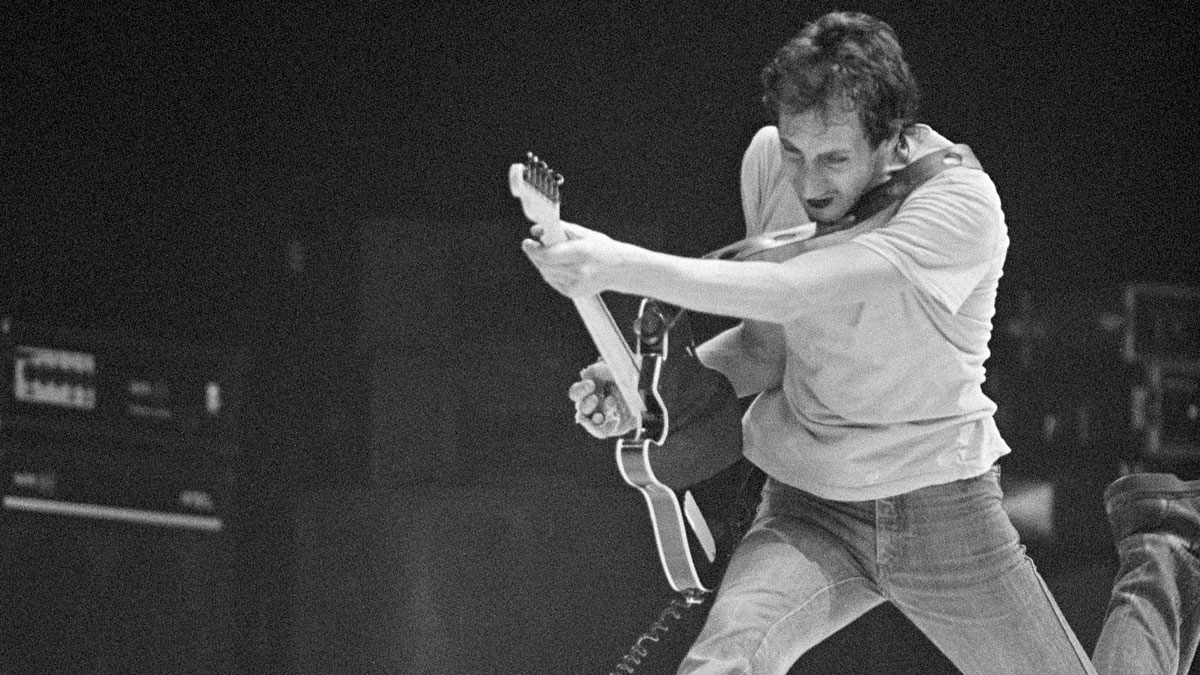
“Pete is one of my all-time favorite guitar players from one of my all-time favorite bands, the Who. Pete invented the power chord. He was the original punk rocker. His riffs and writing were and are epic and symphonic. Without Pete, so many great players after him would never have existed.”
2. Peter Frampton
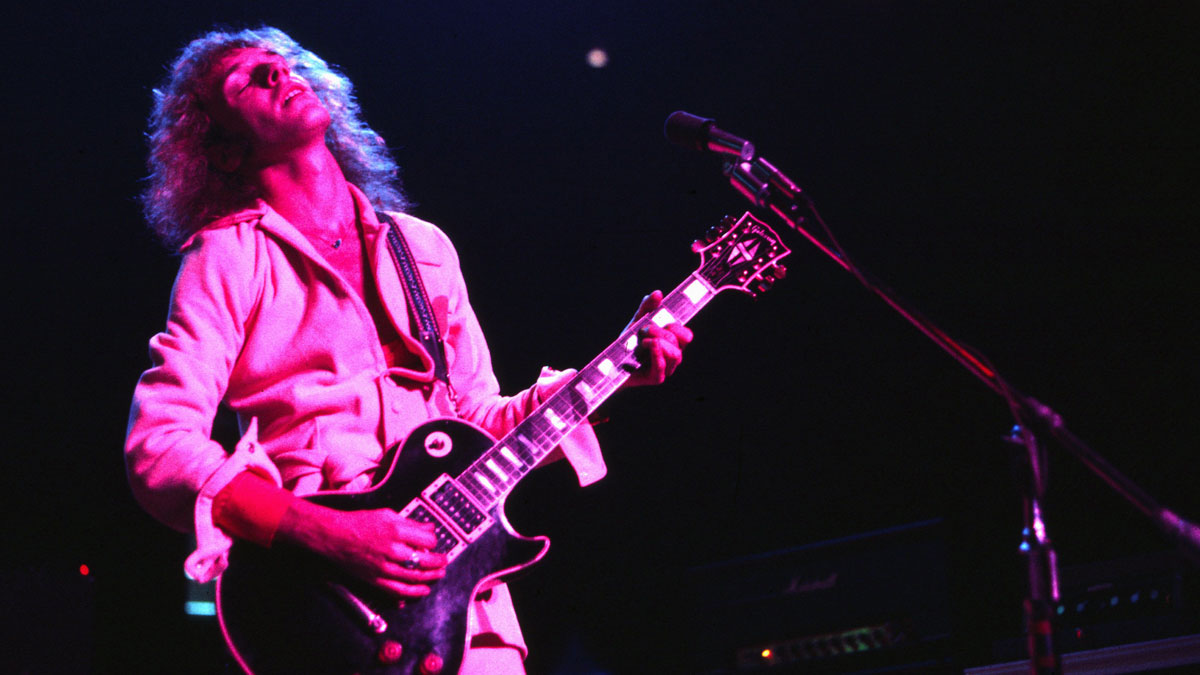
“Frampton had this beautiful way of combining English hard-rock blues guitar with a jazz taste but still rocking hard. He's an amazing singer, writer, and expressionist. He made the talkbox famous. But my favorite is his open-G tuning, on acoustic and electric – listen to Nowhere's Too Far (For My Baby).”
3. Davey Johnstone
“Elton John's guitar player, Davey Johnstone, wowed me when I first heard him playing on the Goodbye Yellow Brick Road album. He played in a souped-up Clapton style with amazing tone, articulation, and wide vibrato. Listen to Funeral for a Friend/Love Lies Bleeding; his playing brings me chills.”
Get The Pick Newsletter
All the latest guitar news, interviews, lessons, reviews, deals and more, direct to your inbox!
4. Robin Trower
“Robin Trower reached his pinnacle in the US with Bridge of Sighs, and that was right when I was learning to play guitar. I saw him in Portland around that time – he played a Strat through a wall of Marshalls. He had to be by far the loudest guitar player I'd heard at the time.
“As I got a little better, I'd constantly riff on Day of the Eagle, Bridge of Sighs, and The Fool and Me. Funny I didn't end up playing a Strat!”
5. Mick Ralphs

“Kiss's drummer, Eric Singer, often says I sound a lot like Mick Ralphs and have his 'left hand'. Mick's melodic, flowing lead playing and super-wide vibrato always appealed to me, affecting my playing in a big way.
“In recent years, I was introduced to him, and he was so great to me. It's nice when someone you've looked up to your entire life turns out to be such a wonderful person.”
6. Ace Frehley
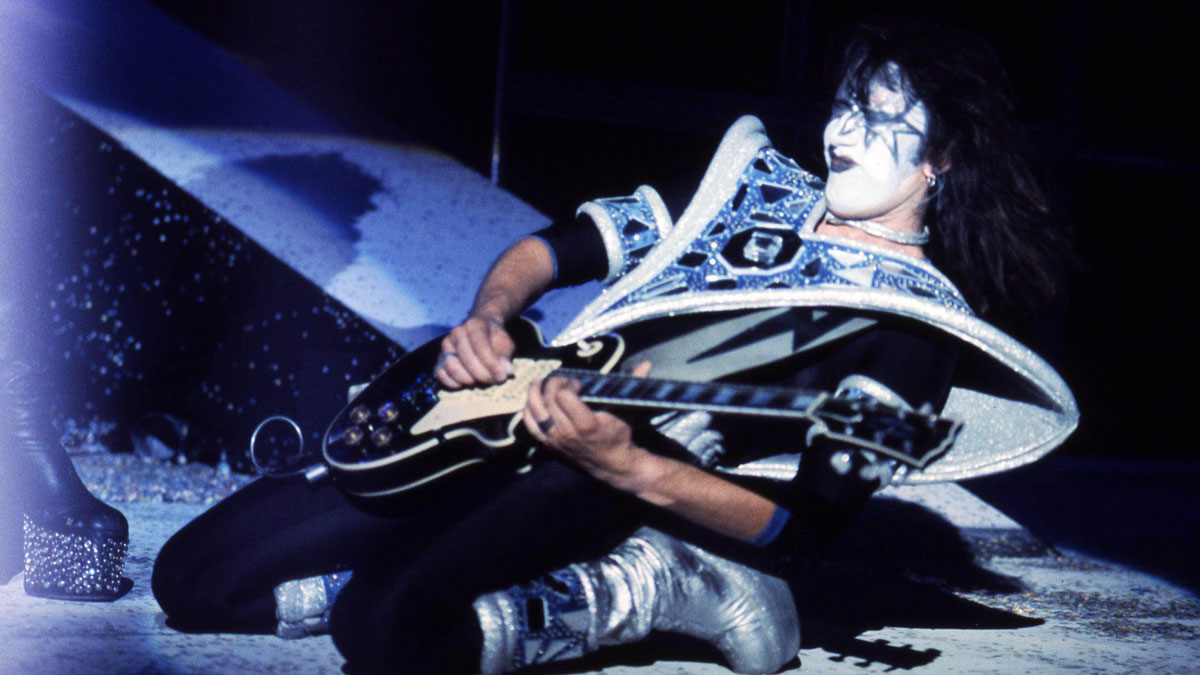
“Ace obviously was a big, big influence on me and my desire to play guitar. When I started, I discovered Kiss and was immediately drawn to their look, their sound, and most importantly, the guitar playing.
“Ace played in a Clapton/Page style but made it his own. His guitar solos on the first three albums, plus Kiss's Alive!, were signature, melodic, and memorable. That's what makes him and his playing so special.”
7. Ronnie Montrose
“Ronnie Montrose is probably the biggest influence on my guitar playing. He was a second-generation Clapton, Bloomfield, and Beck. His playing was always fiery and exciting – his articulate, melodic style exploded with energy.
“His playing with Van Morrison and Edgar Winter was impressive, but his first two albums as Montrose took it over the top. They were quintessential hard rock albums of the time, particularly the first one [Montrose]. Listen to his solos on Good Rockin' Tonight, and I Got the Fire. It's an 'A' lesson for any rock 'n' roll guitar player.”
8. Ritchie Blackmore
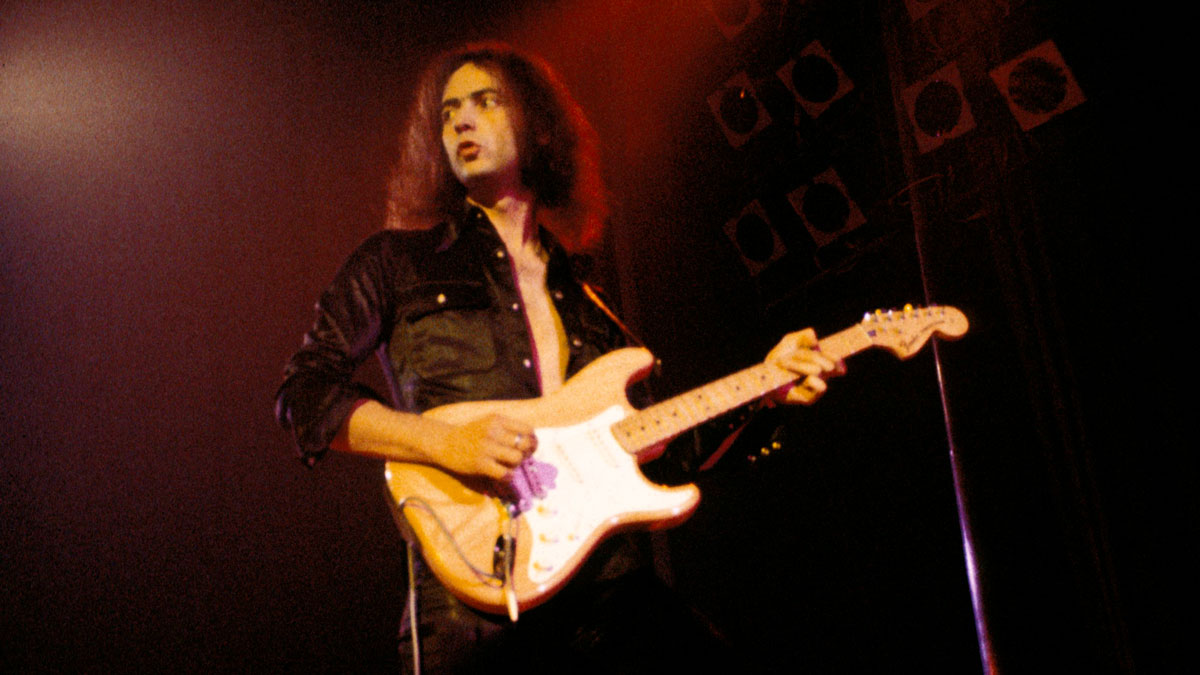
“Because of my age [62], I was a Deep Purple Mk II and III fan first. I got the Burn album when I was 13 and just barely playing guitar. Blackmore had a wonderful way of combining fluid blues licks with classically inspired runs.
“On the song Burn, you can hear him switch his pickup selector between riffs – you can tell it was blow and go, very live, very real. Amazing.”
9. Alex Lifeson
“Caress of Steel was the first Rush album that I had, and Bastille Day was the song I tried to learn first. Alex Lifeson played beautiful, loud, heavy guitar riffs, all churned into melodic songs with crazy sci-fi lyrics. Alex had the chords – I call them 'golden chords', with these droning, sustaining voicings that made his guitar playing symphonic. His sound was rich.
“I saw Rush play at the Paramount Theater in Portland in the mid-'70s; you had me hanging on the edge of the stage, mesmerized by what I was hearing and seeing. Alex was regal with long shiny blond hair and bangs, rocking in front of a wall of Marshalls and Hiwatts. I realized then, 'That's what I want to do.'”
10. Pat Travers
“In the mid-to-late '70s, I listened to an AM radio station in Portland called KVAN; they played all kinds of up-and-coming and imported hard rock. One day, I heard a six or seven-minute-long song that completely blew me away. It was a fiery new guitar player named Pat Travers, and the song was called Hooked on Music, from his latest LP called Makin' Magic, with was only available as an import at the time. I went out and grabbed the album and couldn't stop listening.
“I loved Pat's chord voicings – I hadn't heard anything like it. A few months later, he played the Paramount in Portland. He had Mars Cowling and Tommy Aldrich – what a friggin' band! The sound was huge: he played a Gibson Melody Maker through four Marshalls and a Leslie. I was hooked.”
11. Rick Nielsen
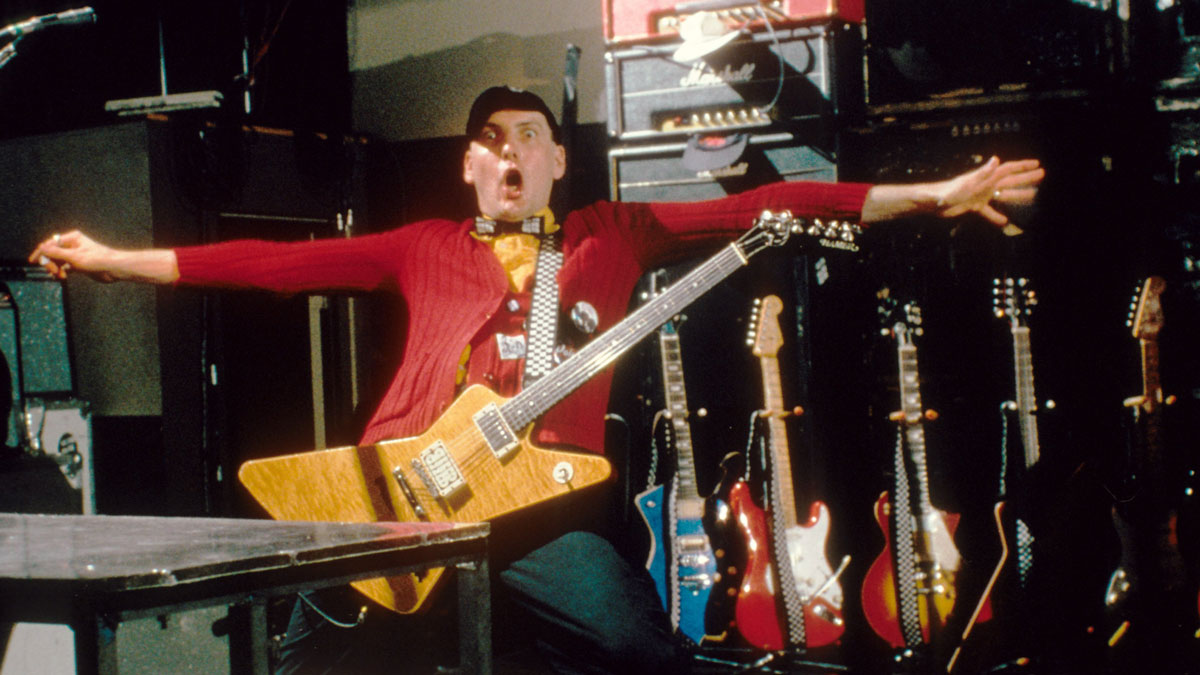
“In true Spinal Tap tradition, I chose 11 players, and that 11th is Rick Nielsen. He's one of the greatest riff-masters and tunesmiths of all time. He's got style and attitude going way back to when I first saw Cheap Trick open for Kiss at the Portland Memorial Coliseum in '77. I instantly loved everything about them, the look, the energy, the songs, the Hamer guitars, and the tattered Sound City cabinets.
“Like Pete Townshend, Rick's approach goes from simple and raw Hello There to the epic Dream Police to the symphonic Stop This Game. He's hands down one of my favorite guitar players.”
Andrew Daly is an iced-coffee-addicted, oddball Telecaster-playing, alfredo pasta-loving journalist from Long Island, NY, who, in addition to being a contributing writer for Guitar World, scribes for Bass Player, Guitar Player, Guitarist, and MusicRadar. Andrew has interviewed favorites like Ace Frehley, Johnny Marr, Vito Bratta, Bruce Kulick, Joe Perry, Brad Whitford, Tom Morello, Rich Robinson, and Paul Stanley, while his all-time favorite (rhythm player), Keith Richards, continues to elude him.
Guitar World Discussion: Who is the most underrated guitar player of all time?
Ozzy Osbourne’s solo band has long been a proving ground for metal’s most outstanding players. From Randy Rhoads to Zakk Wylde, via Brad Gillis and Gus G, here are all the players – and nearly players – in the Osbourne saga











